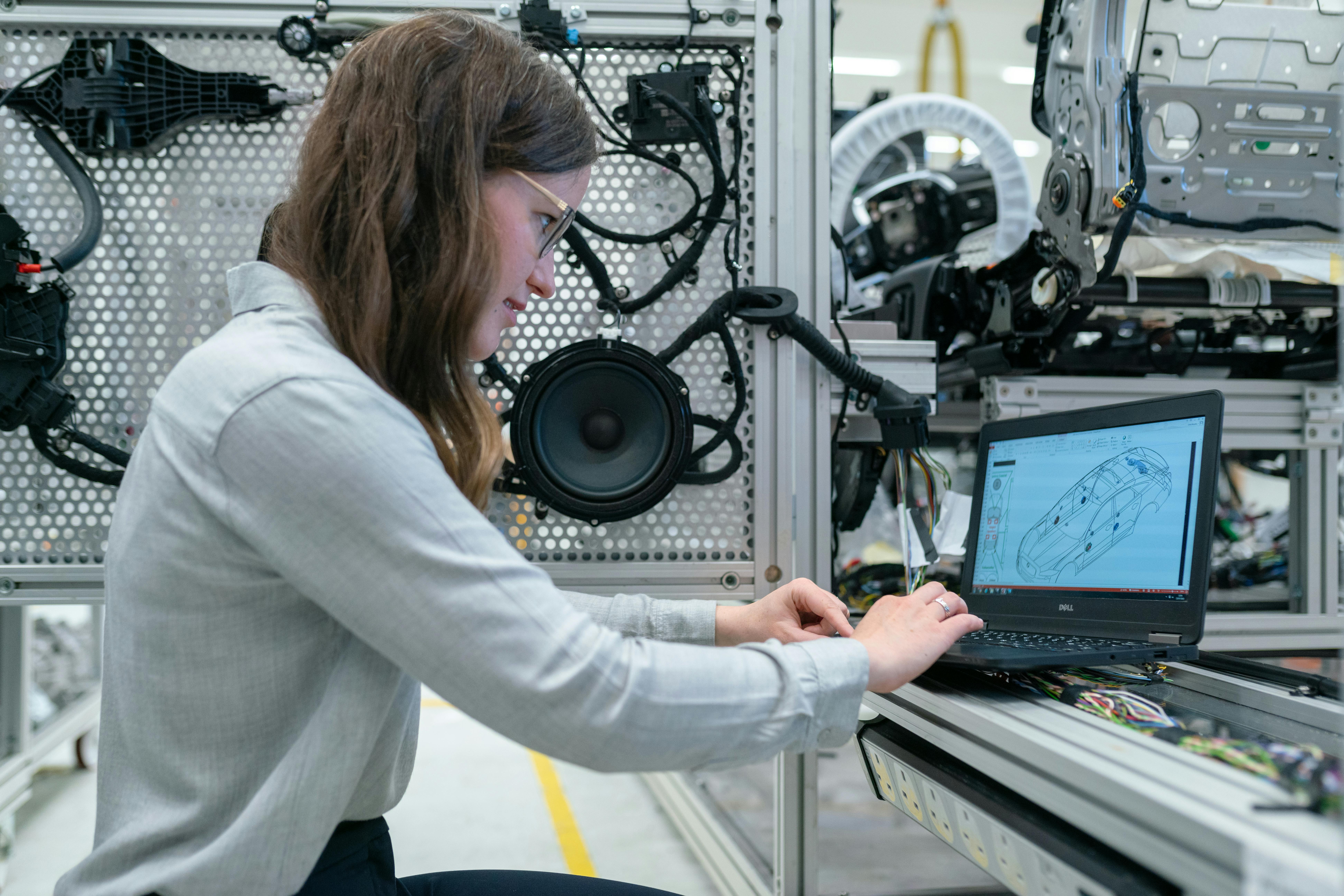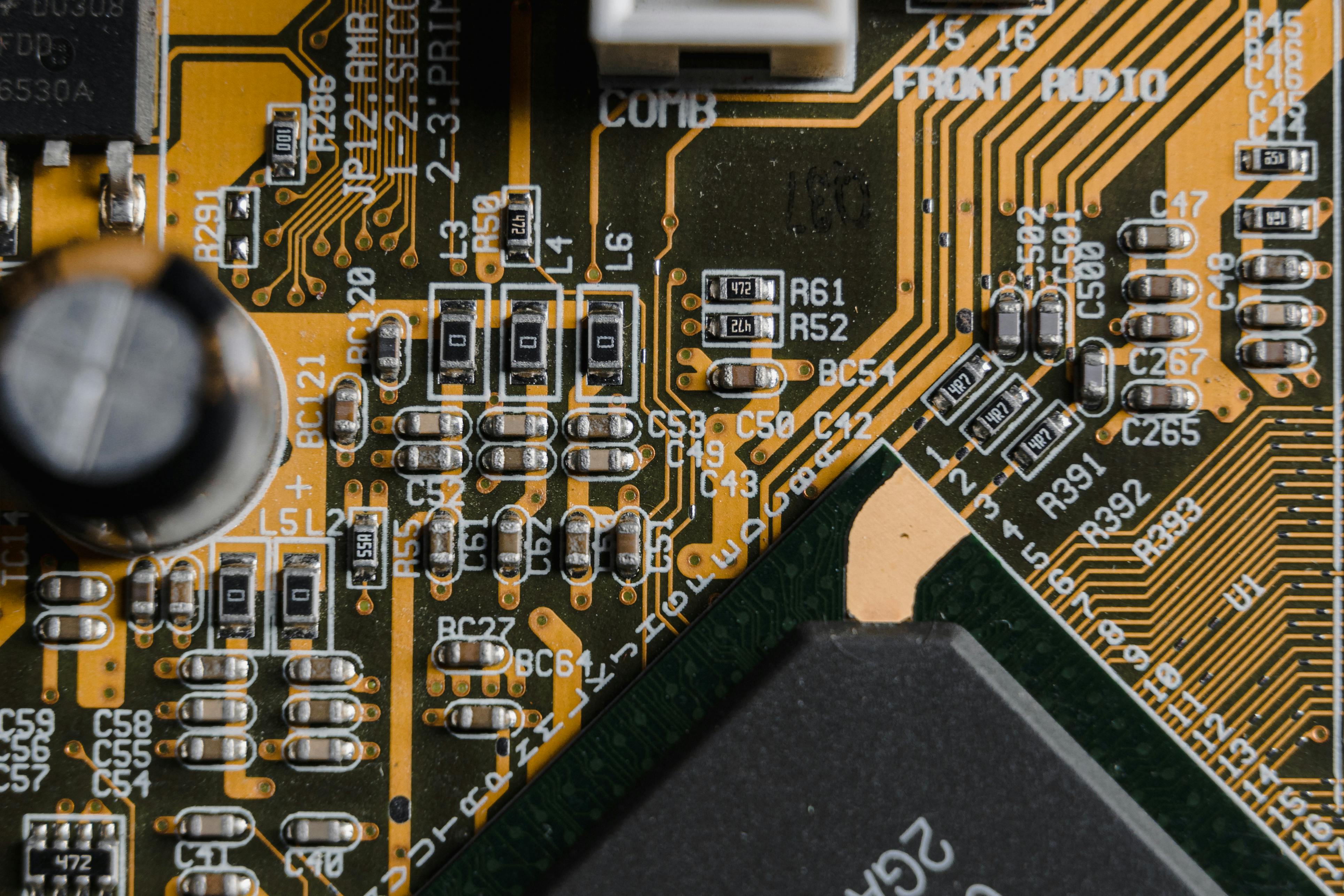Production line testing, a concealed key phase of automotive production
The way we do it at ProDSP
Be it conventional fossil fuel driven vehicles or the latest developments of e-mobility, automotive electronics is one of the most important elements of modern automobile production. The impeccability of the finished product largely depends on professional production line testing, a process where the test systems are the key elements. ProDSP has a decade of experience in the manufacturing and development of these test systems.
Despite the supply and general economic problems of the past few years, automobile production continues to remain a significant global industry. Trends increasingly point to electric vehicles, best proven by the fact that their sale doubled in 2021 and forecasts predict their market share to increase to 30% by 2030.
ProDSP has been dealing with the development and construction of production line test systems for a long time, primarily supplying them to Hungarian automotive development centres and electronics manufacturers, contributing to the development and prosperity of the industry. But what kind of test systems these are and what are they used for?
Basically, we deal with two types of test systems: product validation testers that play their role during product development, and Funcional Verification Testers used for testing the printed circuit boards (PCBAs) implanted during production and for the testing of the boxed, completed electronic components by our end users, i.e. the manufacturing companies.
Validation testing
The Design Validation (DV), Product Validation (PV) and end-of-line testers, the associated standardized test cables and cable harnesses and the control software for testing are in the key focal point of our company’s activity.
Upon validation testing, the Design Validation Tester (DV) procedures provide a clearer picture on whether the products would be functional on the long run, subjected to extreme operating conditions, meeting the desired customer requirements.
In contrast to this, the Product, Process Validation Tester (PV) type solutions give a comprehensive picture of the production process with respect to the expected end product quality.
Production Line Testing
In-line testing is useful for a number of reasons. For example they identify and filter out faulty products, and also enable us to monitor the production/assembly processes.
With the help of the functional verification testers (FVT) the PCB is tested, followed by the mounting of the components and an automatic optical check. In this case we use measurement probes to connect the electrical contacts (testpoints, connectors).
After the final mounting of the PCB into the housing, we usually also carry out End-Of-Line (EOL) testing, which monitors the functionality and performance of the finished equipment. In this case, testing is Is made by connecting to the final connector.
Metrologically speaking, this process means a measurement of current, voltage and frequency, but as the majority of the items to be tested are processor-controlled the tester communicates with the product using usual protocols.
Conclusion
At ProDSP we provide complex solutions in all key dimensions of production line testing. We do not build assembling machinery; we build the testing equipment. Additionally, we also specialise in hardware development, so we also design products similar to those we test.
As the production of the electronic components is a key question in the automobile industry, we continuously have to perform at the top professional standards, keeping up with current technological developments, trends and special circumstances.
Author:
Zoltán Bilau, Chief Business Development Officer




